
When Should I Use a Long 15 Meter Dog Leash?
When should I use a long 15 Meter dog leash? I was recently asked this question from a concerned dog owner, who had seen this product on my website and who had a very active outdoor lifestyle that involved running with his dog over rough wilderness terrain. He also said that he went camping at least two to three times a year in wilderness areas, and was both concerned for the safety of the dog, plus also wanted to give the dog some run on the leash, but remain in complete control of the dog. He was debating about getting a retractable leash but had some concerns as to the suitability of this choice against other types of leash.

There are a multitude of leash choices in to-days pet supply industry. Is it a case as was in the past that a general leash suited all applications? More to the real question at the core of this debate, what with our multitude of leisure activities that we pursue today, and want to include our pet dogs in, then it would be more the case that each leash is different, and each have advantages, and each will depend on the particular activity or demands that the leash must meet.
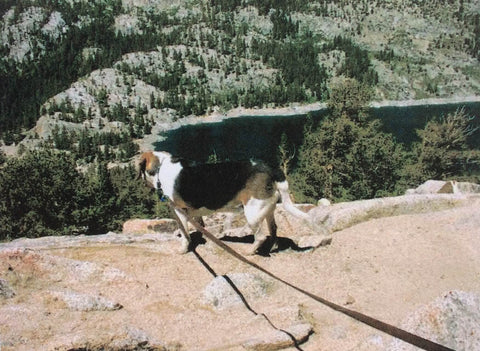
So, let me address when or why would you choose a long leash?
A long leash features 15m in length or more. This is a dog leash made of premium materials like leather or woven fiber, which adopts innovative design and soft texture for comfortable use. This leash gives you the ultimate control over your dog, while still allowing your dog the freedom to move, run, and play. Used during play, the leash is long enough for you to play a great game of fetch with your dog - all the while holding one end of the leash. It's a great way to honor local leash laws, keeping your dog under control at all times while giving them lots of running room. Used during training, the leash is perfect protection for you. You can let the leash drag on the ground and focus on working with your dog - but if your dog decides to make a run for it, you have plenty of time to react and keep your dog close. Your dog learns the feel of obedience without being dependent on the leash. For example, you can teach your dog to "heel" with the leash dragging on the ground - and once your dog's "off-leash" heel is perfect, all you have to do is pick up the leash for a perfect on-leash heel. Much easier to do it that way than to try and teach your dog how to behave off-leash when your dog is already dependent on feedback from a short leash. For the park, the backyard, the woods on camping trips, or the beach - this leash gives you peace of mind and control at a distance - and your dog can just forget that it's even there.
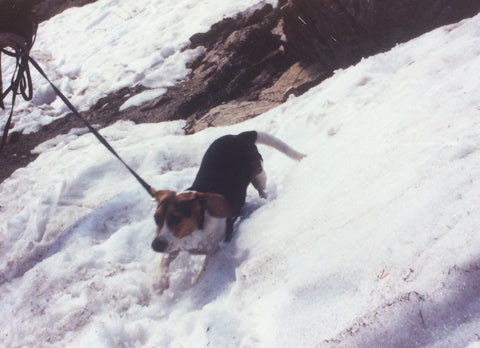
This leash is ideal to be used with a ground stake, for those times when you are out in your front garden working, and you also want your companion to be outside, then this will secure it while also giving it the roam it needs, allowing you to do your work.
It is perfect for everyday walks also, even in crowds, as you can coil the leash up short when you need too, or, let it out when you want the dog to have more roam.
Features:
- Nylon webbing material super strong.
- Leash length: 15M.
- High quality for durable and long-lasting use. Not easy to break.
- Comfortable to grip with quick release and reconnect.
- Long leash design. Perfect for dog training use.
- It offers a comfortable control when walking your pet.
- Super long, your dog can get enough distance and explore safely.
- Comes with a waist belt and an organizer bag, easy to carry.
- Perfect for everyday walk and outdoor activities.
Conclusion:
This leash is probably one of the most rounded, and versatile leash’s that you can have in your arsenal. It is great for the outdoors, great for camping, excellent for training, good for crowds, and our busy urban streets, and indispensable at home. With a bit of practice it could easily become your only leash, as it has so many uses and applications. I have one for my Beagle, “Oakie” which I use when I am out on the trails, or on camping trips. I also use it at home for when I am outside with the dog, and I want him to be safe and secure. The only drawback to the leash is that it is bulky in the hand, and you do have to master the technique of letting in and out the coils.
Otherwise I have no hesitation in saying that all dog owners who lead a active lifestyle that includes their dogs, should have this leash.
Don't Forget to Visit Us @ www.waggylife.com Sign Up For Our Free Newsletter And Receive A 10% Coupon Good For Entire purchase.



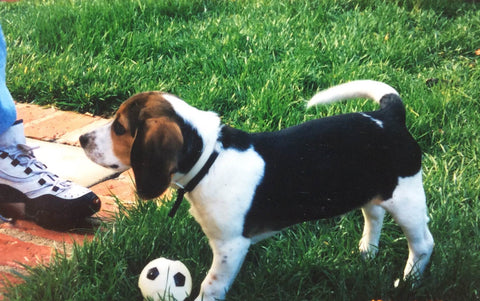
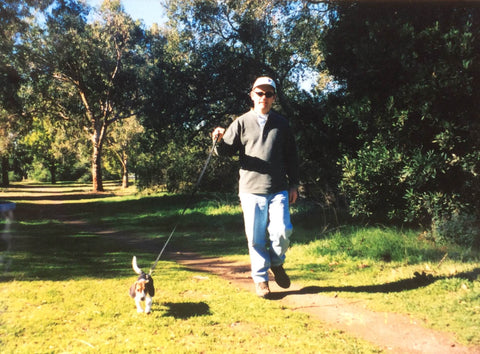


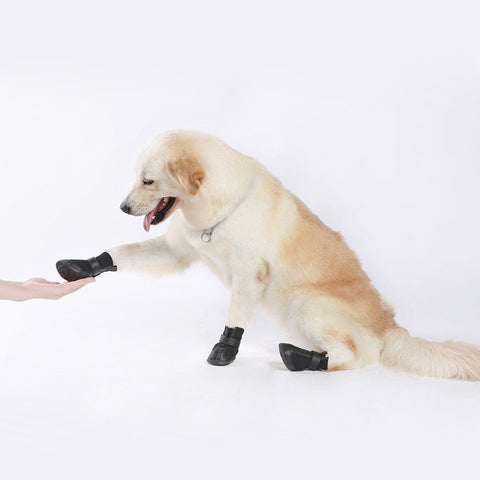

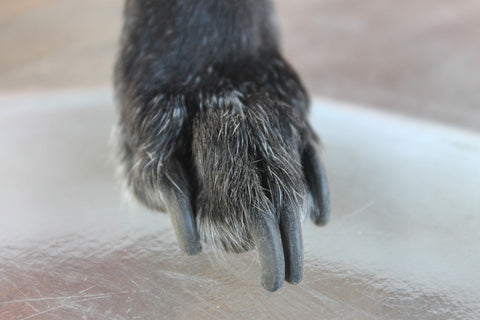
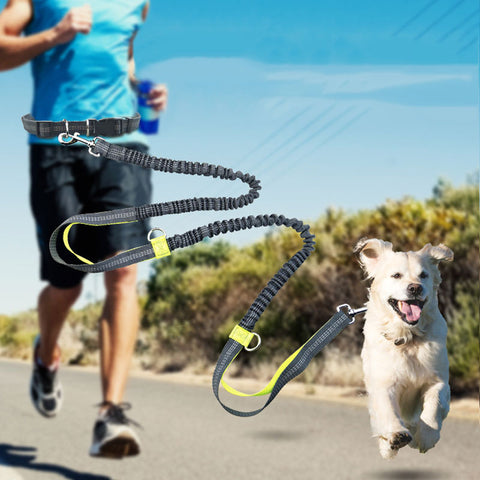



 Today we are more likely to live in a built up urban area in high density housing that may not offer the convenience of a front or backyard for a dog. There may also not be a local park in order to bring our dogs too for their daily exercise requirements. The local neighborhood may not be safe to walk around for neither you nor the dog, so all in all the question may be:
Today we are more likely to live in a built up urban area in high density housing that may not offer the convenience of a front or backyard for a dog. There may also not be a local park in order to bring our dogs too for their daily exercise requirements. The local neighborhood may not be safe to walk around for neither you nor the dog, so all in all the question may be:










 “In days of yore when knights were bold and toilets weren’t invented. They did their load upon the road and rode away contented”
“In days of yore when knights were bold and toilets weren’t invented. They did their load upon the road and rode away contented”

 and poop bag dispenser is the ideal solution.
and poop bag dispenser is the ideal solution.  You have to deftly step back onto the curb to avoid injury to you and your precious friend, and end up shaking all over your body in fury and fright at the closeness of the danger. And all you are doing is walking your dog, an absolutely necessary thing whether it is winter or summer, rain, sleet or snow, dark or semi-darkness, morning noon, or evening.
You have to deftly step back onto the curb to avoid injury to you and your precious friend, and end up shaking all over your body in fury and fright at the closeness of the danger. And all you are doing is walking your dog, an absolutely necessary thing whether it is winter or summer, rain, sleet or snow, dark or semi-darkness, morning noon, or evening.
 The following questions keep coming up and this guide will help to navigate through the many choices to-day in dog harnes
The following questions keep coming up and this guide will help to navigate through the many choices to-day in dog harnes Collars can choke a dog causing discomfort, or injury. A harness eliminates the possibility of choking and throat shearing for the dog.
Collars can choke a dog causing discomfort, or injury. A harness eliminates the possibility of choking and throat shearing for the dog. or English Bulldogs or French Bulldogs as the design of their nasal passages lead to labored breathing in these animals and a collar can put too much pressure on these dog’s throats thereby exasperating the problem. Also dogs with elongated overly slender delicate necks like Greyhounds, and Whippets slip out of a collar too easily, so a harness is always a better choice. Also, if you have a puppy, or a small breed like Toy breeds a collar can pull too forcibly on their walks, and with their tiny neck size, a dog harness may be the better option. A harness is also a great option for puppies in training, as it can communicate better signaling from you to the dog in a surer and deliberate action. Also any breed of dog like Pomeranian's that commonly can have throat problems, then a dog harness is a better choice.
or English Bulldogs or French Bulldogs as the design of their nasal passages lead to labored breathing in these animals and a collar can put too much pressure on these dog’s throats thereby exasperating the problem. Also dogs with elongated overly slender delicate necks like Greyhounds, and Whippets slip out of a collar too easily, so a harness is always a better choice. Also, if you have a puppy, or a small breed like Toy breeds a collar can pull too forcibly on their walks, and with their tiny neck size, a dog harness may be the better option. A harness is also a great option for puppies in training, as it can communicate better signaling from you to the dog in a surer and deliberate action. Also any breed of dog like Pomeranian's that commonly can have throat problems, then a dog harness is a better choice. You need a seat belt extension to attach a leash to the seat belt of a car. A collar and leash will give too much travel to the dog, so in the case of a braking emergency stop, then the dog can go flying and can choke. A seat belt extension can connect directly to the dog harness, thereby giving the dog less travel and is a safer option in an
You need a seat belt extension to attach a leash to the seat belt of a car. A collar and leash will give too much travel to the dog, so in the case of a braking emergency stop, then the dog can go flying and can choke. A seat belt extension can connect directly to the dog harness, thereby giving the dog less travel and is a safer option in an
